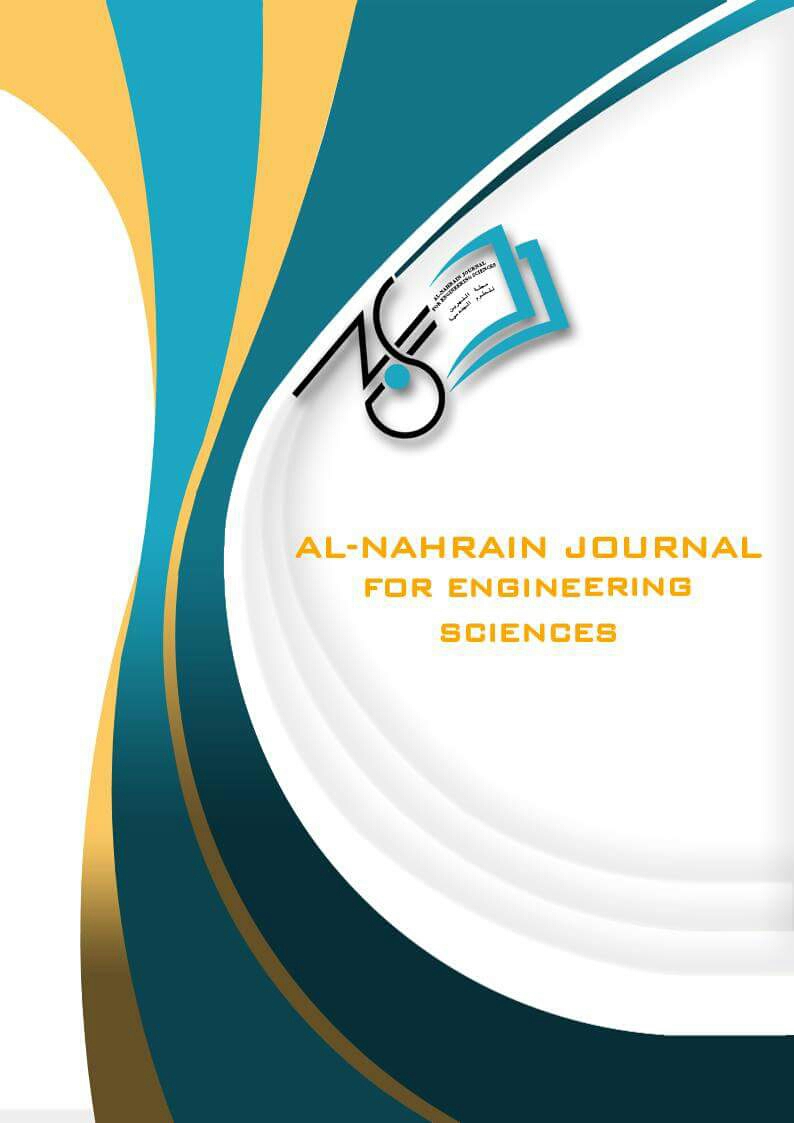Revisiting the Mesopotamian City: a Drawing of its Inhabitants' Mental- Image
DOI:
https://doi.org/10.29194/NJES.24020088Keywords:
Mesopotamian City, Urban life, Image of the City, Mental Image, Inhabitants' PerceptionAbstract
Mesopotamian cities were formed sometime during the fourth millennium BCE, and many of them continued to be inhabited as much as 3000 years. While urban characteristics of these cities has been extensively studied, the current article is concerned with exploring the inhabitants' daily experience in the city; a subject that has not been sufficiently explored despite its importance in urban studies. The objective is to expand the understanding of the relation between the ancient city and its occupants. The paper adopts the concept of the City Image as introduced in the seminal work of Kevin Lunch "Image of The City" in investigating aspects of the Mesopotamian city that qualifies it to form a strong mental Image for her citizens, derived from the legibility of its elements and the structure they form. Using a descriptive analytical method in reviewing previous literature, the research first clarifies the shared characters of Mesopotamian cities, and addresses the stature of the city in Mesopotamians' culture. I then specify the five urban elements of the city image as categorised by Lynch; paths, nodes, edges, districts and landmarks, in addition to addressing manifestations of the citizens' urban life in the Mesopotamian city. Afterward, visualization of the citizen's daily experience through the urban fabric of the city is provided, to arrive at a conclusion of the Legibility of the mental image of the Mesopotamian city in the perception of its citizens.
Downloads
Downloads
Published
Issue
Section
License
The authors retain the copyright of their manuscript by submitting the work to this journal, and all open access articles are distributed under the terms of the Creative Commons Attribution-NonCommercial 4.0 International (CC-BY-NC 4.0), which permits use for any non-commercial purpose, distribution, and reproduction in any medium, provided that the original work is properly cited.














